A press release should be about news. It should have a sense of urgency about it and grab the reader's attention from the outset. A good press release must quickly answer the journalist's immediate questions:
- Who?
- What?
- When?
- Where?
- Why?
- How?
The release should ideally contain no more than two pages of double-spaced typing. It should have a compelling headline and brief introduction paragraph which will contain all the salient points of the release. If the editor reads this paragraph, he can quickly grasp the essence of the press release before reading further.
Attach a high quality photo. Ensure the photo is given a caption and the photographer is credited.
Ensure the press release is not just a gratuitous advertisement for your business. One tip given to me by an aged practitioner was to always try and ensure any media angle had an element of 'conflict' in the message. You battling against some force or another, for example:
- Man against the elements.
- Man against the institution.
- Man against nature.
- Man against machine.
- Man against himself.
- Man against his competitor.
- Man against consumer.
- Man against industry.
Other angles that are news worthy may be:
- Conducting a survey.
- Sponsoring an event.
- Saving something.
- Donating to charity.
- Winning a race.
- Winning a prize (industry award, etc.).
- Helping the community.
- Running a seminar.
- Winning a contract.
- Inventing something.
- Commentating on industry trends.
Write your press release on your corporate stationery. Many practitioners even have special press release paper printed with PRESS RELEASE printed on the top in bold text. One trick I have used is writing press release that are posted on bright yellow paper (available from most stationers) and journalists often comment on this as the release has great visibility on the desk.
Whatever your content is, make sure that the release contains clear contact details—names, email addresses, and phone and fax numbers. Remember, your objective is to 'get some ink'—a story, or at least a mention in the publication or some broadcast coverage, depending on the nature of the subject.
If the news is particularly time sensitive, you may have an embargo date on it, e.g. "Not for release until 2pm, Tuesday 4th July". This will ensure that the reader will not put the news into the 'outside world' before that time. It can also help you with the planning of other events that you might be organizing around the news, such as special events or a 'press call'. A press call being where journalists and broadcasters are invited to a specified location to view the launch of something and receive further information, conduct interviews, etc.
Quite often with news stories that involve both press and broadcasters, the papers will require the copy details in advance to launch your story at the same time as the broadcasters, who by the very nature of their mediums (radio or TV), can issue the news on a more instantaneous or live basis.
People who receive press releases often receive 100 or more in a day, so don't expect them to read yours in its entirety first time! The headline and the opening paragraph are the most important words on the page. On national newspapers, 98% of all press releases end up in the bin. Don't be disappointed if yours doesn't go up the first time.
Think about what kind of story the journalist, publication, or broadcaster is looking for. Does your release deliver it?
Think also about timing. If you are planning a press call aimed at television news, there's no point in having it in the afternoon, as you will miss their morning bulletins and first main lunchtime slots. If they are sending a crew to cover your story, they want value for money and as many repeat uses as possible throughout the day.
Some press releases may simply be 'for the record' and convey information about the company's activity that whilst not newsworthy in its own right, information that a business journal such as The Financial Times, will publish as part of their remit to cover business activities in general.
A brief walkthrough of the preparation and issue of a press release might read as follows:
- Research data,
- Brief writer,
- Edit and re-write,
- Obtain approvals from relevant featured contributors,
- Shooting and duplicating of photos,
- Producing adequate copies ready for release,
- Compilation of distribution list, and
- Distribution.
Follow-up calls should then be made to check their safe arrival, questions asked to evaluate likely coverage from each recipient, monitoring of subsequent media coverage and finally an evaluation of the results.
Lastly, be regular. Try to form relationships with editors. If they see you as a regular contributor of good quality material they will keep coming back to you.
You can download a template press release here, for further help.
Just updated your iPhone? You'll find new emoji, enhanced security, podcast transcripts, Apple Cash virtual numbers, and other useful features. There are even new additions hidden within Safari. Find out what's new and changed on your iPhone with the iOS 17.4 update.








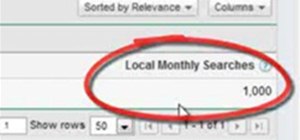











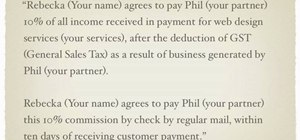



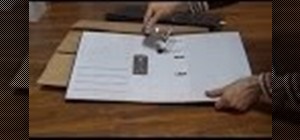




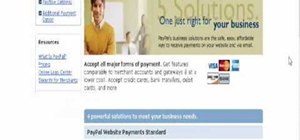


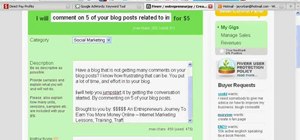
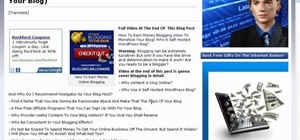
Be the First to Comment
Share Your Thoughts